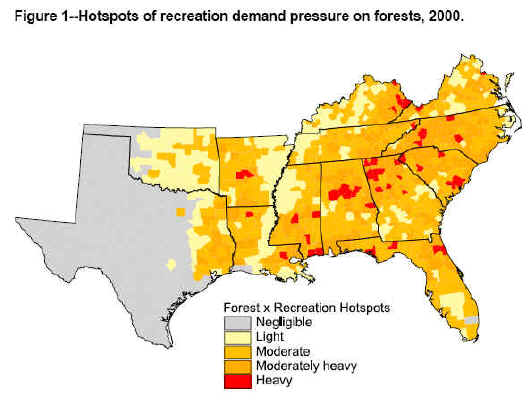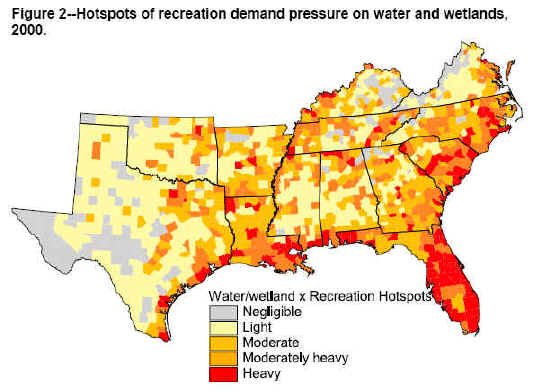|
|
Mt. Lemmon Fee Sign |
|
Two young OHV activists let their opinion be known as proud parents look on (photo by Dave Hurwitz) |
Recreationists
2002-2003 Archives��� 2004 Archives��� 2005 Archives��� 2006 Archives |
|
|
| Semi-Primitive Motorized (SPM) A definition used in the Recreation Opportunity Spectrum (ROS) to characterize an area that has a predominantly natural or natural-appearing environment of moderate to large size. Concentration of users is low, but there is often evidence of other users. The area is managed in such a way that minimum on-site controls and restrictions may be present, but are subtle. Motorized use is permitted. USDA Forest Service Roadless Area Conservation, Final Environmental Impact Statement (FEIS) "Source documents for these definitions include: proposed Road Policy, proposed Planning Regulations, Interim Roads Rule Environmental Assessment, and Recreation Opportunity Spectrum Planning Guide." http://roadless.fs.fed.us/documents/feis/glossary.shtml |
|
|
|
Semi-Primitive Non-Motorized (SPNM)
A
definition used in the Recreation Opportunity Spectrum (ROS) to
characterize an area that has a predominantly natural or
natural-appearing environment of moderate to large size. Interaction
between users is low, but there is often evidence of other users. The
area is managed in such a way that minimum on-site controls and
restrictions may be present, but they are subtle. Motorized use is not
permitted. USDA Forest Service Roadless Area Conservation, Final
Environmental Impact Statement (FEIS) "Source documents for these
definitions include: proposed Road Policy, proposed Planning
Regulations, Interim Roads Rule Environmental Assessment, and
Recreation Opportunity Spectrum Planning Guide." http://roadless.fs.fed.us/documents/feis/glossary.shtml
|
|
|
|
Area
of Potential Effects � The geographic area or areas within which
an undertaking may cause changes in the character or use of historic
properties, if any such properties exist.
� National Grassland Plan (USDA Forest Service)
http://www.fs.fed.us/ngp/draft/plan/pdf_plan_draft/Dakota_Prairie_Plan/Appendice
s/appendix_g.pdf
�
�Non-Contact
Water Recreation (REC-2) � Uses of water for recreational
activities involving proximity to water, but not normally involving
body contact with water, where ingestion of water is reasonably
possible. These uses include, but are not limited to,
picnicking, sunbathing, hiking, beachcombing, camping, boating,
tidepool and marine life study, hunting, sightseeing, or aesthetic
enjoyment in conjunction with the above activities. � Report in
Support of U.S. Environmental Protection Agency's Review of
California's Continuing Planning Process - State Water Resources
Control Board, May 2001. Appendix B, Attachment 1: Standard
Beneficial Use Definitions. The following are the beneficial uses
for surface and groundwaters that have been adopted by the regional
boards in basin plans and have been approved by the State Board. Not
all the beneficial use definitions ... are appropriate for each
basin. The uses and their definitions and abbreviations are to
remain standard for all basins. http://www.swrcb.ca.gov/plnspols/docs/oplans/cpp2001.doc
�
Water
Contact Recreation (REC-1) � Uses of water for recreational
activities involving body contact with water, where ingestion of
water is reasonably possible. These uses include, but are
not limited to, swimming, wading, water-skiing, skin and
scuba diving, surfing, white water activities, fishing, or use of
natural hot springs. � Report in Support of U.S. Environmental
Protection Agency's Review of California's Continuing Planning
Process - State Water Resources Control Board, May 2001. Appendix B,
Attachment 1: Standard Beneficial Use Definitions. The following are
the beneficial uses for surface and groundwaters that have been
adopted by the regional boards in basin plans and have been approved
by the State Board. Not all the beneficial use definitions ... are
appropriate for each basin. The uses and their definitions and
abbreviations are to remain standard for all basins.
http://www.swrcb.ca.gov/plnspols/docs/oplans/cpp2001.doc
|
|
|
| It's a bird!� It's a plane!� It's an EXTREME RECREATIONIST!!!� Those 'environmentalists' have cooked up quite a menu for us to swallow:� those 'gas-guzzling SUV's (sport utility vehicles) are carting SNOWMOBILES and JETSKIIS and goodness knows what else, into the wilderness, tearing up 'endangered' species right and left and ruining the planet for all time. The pushing of the panic button can only be matched in its ridiculousness by the many and sundry ways these 'environmentalists' have dreamed up to get us to go off on tangents and take guilt trips.� Perhaps that's because both use no fossil fuels?!?! The reality is that the buffalo carved trails from which our ancestors built roads.� These were not just the idle thought:� "Let's just BUILD A ROAD!� Who cares where it goes!" Recreationists have considerable time and expense and maintenance involved in their various pursuits.� By its very nature, all recreating is not 'passive.'� While some may find their solace in hang-gliding (just don't land on a lily-livered-whatnot!!!), others choose, with the freedom that comes with living in America, to do other things.� Relocating a clump of dirt or stirring the air by a human's passage is not something to be sued over, nor is it just cause to tout 'roadless EVERYWHERE' and trump up false science. |
|
|
| "Bo Turner runs the Flying D [Ranch, owned by Ted Turner]. I have several friends that have hunted there and done well. The ranch is huge, surrounded by 6-foot tall electric fence. The fence kills hundreds of big game animals each year that try to get out -- and also keeps wolves from getting in. This is common knowledge in Montana." - Bob Fanning, Pray, Montana. September 20, 2003 |
|
|
| "Even OHV -- Off-Highway Vehicle -- use alone affects more imperiled species than logging and logging roads combined." - Dale Bosworth, Chief, USDA Forest Service, in a speech he made on April 22, 2003 at the SF Commonwealth Club. (Note: It's always good to know what our 'leaders' think of us.) |
|
|
| Large predators, and their "re" introduction in many parts of America,�influence the scope of people's hard earned vacations and recreation. The possibility of encountering a cougar, wolf, bear, etc., continue to increase as more and more lands are removed from responsible utilization. Travel to vacation places continues to become�less affordable for the 'Average Joe' and his family. What does this have to do with�you, a property rights research website and email lists? The real reasons for these and other things that directly impact your property rights, way of life, health, freedom and future are all wrapped up in the many facets of property rights. - Julie Kay Smithson, June 27, 2006. |
|
|

|
|
|

|